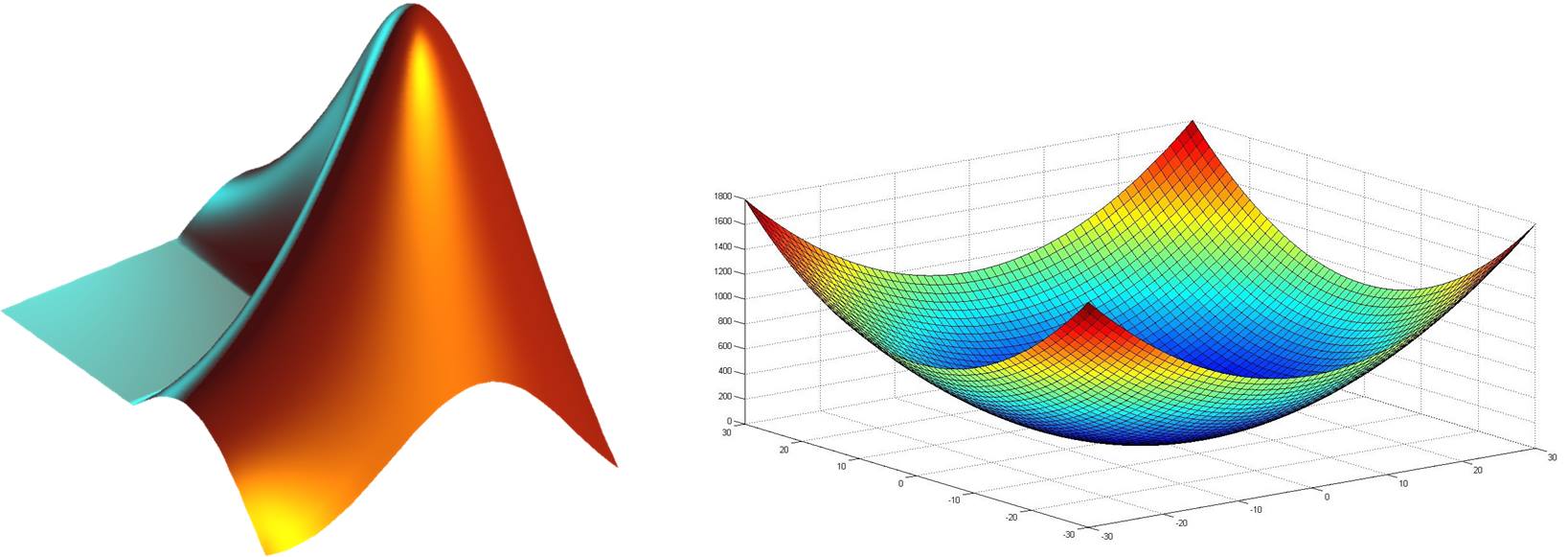Team:NCTU Formosa/modeling
From 2014.igem.org
Alex19950425 (Talk | contribs) (→Experiment Data) |
Alex19950425 (Talk | contribs) (→Experiment Data) |
||
| Line 80: | Line 80: | ||
=====Experiment Data===== | =====Experiment Data===== | ||
[[File:2014NCTU Formosa modeling 4.jpg|800px|center||Fig.4 the amount of moth attracted into oue device ]] | [[File:2014NCTU Formosa modeling 4.jpg|800px|center||Fig.4 the amount of moth attracted into oue device ]] | ||
| - | + | [[File:2014NCTU Formosa modeling 5.png|800px|center||Fig.5 Average temperature of Taiwan ]] | |
[[File:2014NCTU Formosa modeling 5.png|800px|center|link=frameless|Fig.5 ]] | [[File:2014NCTU Formosa modeling 5.png|800px|center|link=frameless|Fig.5 ]] | ||
Revision as of 12:39, 12 October 2014
Contents |
Introduction of Modeling
In the modeling part, we make two models in our project to optimize our result and enhance the convenience of the device usage. In the first model, we demonstrate a model for our biobricks which is composed of Pcons, RBS, 9 PBAN, GFP, and terminator. And in the second model,we model our device with two kinds of natural factor which are temperature and the wavelength of light. Before introducing the model, we would like to make a brief introduction for our modeling method and the modeling tool we used. The following contents we can devided into three parts: (1)Model software (2)Modeling for biobrick (3)Modeling for device.
Model Software
MATLAB
MATLAB (matrix laboratory) is a numerical computing environment and fourth-generation programmingnk= language. It is developed by MathWorks, a company in United States. MATLAB allows matrix manipulations, plotting of functions and data, implementation of algorithms, creation of user interfaces, and interfacing with programs written in other languages, including C, C++, Java, and Fortran. Although MATLAB is intended primarily for numerical computing, an optional toolbox uses the MuPAD symbolic engine, allowing access to symbolic computing capabilities. An additional package, Simulink, adds graphical multi-domain simulation and Model-Based Design for dynamic and embedded systems.

ANFIS
Adaptive-Network-Based Fuzzy Inference System, in short ANFIS, is a power tool for constructing a set of fuzzy if-then rules to generate stipulated output and input pairs. Unlike system modeling using mathematical rules that lacks the ability to deal with ill-defined and uncertain system, ANFIS can transform human knowledge into rule base, and therefore, ANFIS can effectively tune membership functions, minimizing the output error.
Modeling for Biobricks
In this project, 9 kinds of PBAN are used to attract 9 different kinds of insect into our device. Even though these 9 PBAN didn’t works the same in attracting different kinds of insect, 9 PBAN are all produced by E.coli that should get same production rate. Thus, we use a “Pcons+ RBS + GFP+ Term” as the theoretical condition of our PBAN biobrick (Pcons+ RBS+ PBAN+ GFP+ Term). By detecting the expression value from the theoretical biobrick, and modified by our PBAN biobrick expression. On the other hand, this modified model can not only fit a theoretical condition which prevents our model from operating bias, but also fit to a real condition. The following contents we devided into three parts: (1) Theoretical biobrick (2) 9 PBAN biobrick and modeling result
Theoretical Biobrick

9 Different Kinds of PBAN Biobrick and Modeling Result
PBAN(BM)
Result
PBAN(MB)
Result
PBAN(AI)
Result
PBAN(LD)
Result
PBAN(HAH)
Result
PBAN(AS)
Result
PBAN(SI)
Result
PBAN(AA)
Result
Device Modeling
Not only building a model for biobricks, in this project, a customized model for our debug device is also useful for the device user such as farmers or engineers. However, to find a good condition for our device becomes a problem for the users due to the lack of information for the parameters we set. To make the users easily use our operation debug device, we make a device model to let the user input the condition value and they can know the performance of the device under such condition parameters. Here, we make a briefly introduction for our debug device and the parameters we used for modeling. In this device modeling, the wavelength of light and the surrounding temperature are used for modeling. The following contents we devided into three parts: (1) wave length (2) Temperature
Wave Length
According to the reference, Insect have chemotactic properties of light, and different degrees of light will have different attractive effect, so we use the different kinds of wave lengths for the same moths. To emulate a best wave length for the insect.
Variable Variable Light-- we divide the wave of visible light into five parts-475, 510, 570 and 650nm, hoping to modeling all of visible light condition.
Temperature
Temperature—we select five temperature between the highest and lowest average temperature last year (17.03。C /30.1。C) of the major city in Taiwan, and want to modeling all of temperature condition.
Experiment Data
 "
"




